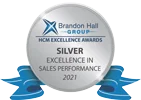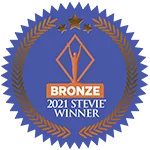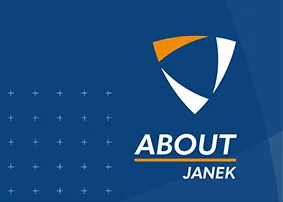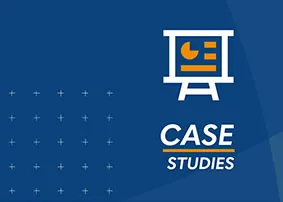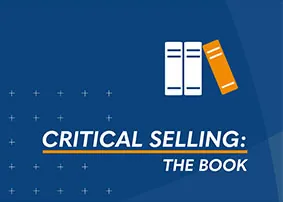The 2025 Tariff Landscape: A New Era of Trade Policy

While tariffs have been rising steadily over the past several years, the landscape in 2025 marks a new chapter. It is defined by rapid escalation and broad-sweeping impacts.
In early 2025, the United States introduced a series of sweeping tariff increases that are reshaping the cost structures and global strategies of manufacturing companies:
- Steel and Aluminum Tariffs: On March 12, 2025, the U.S. imposed 25 percent tariffs on all steel and aluminum imports, removing exemptions that had previously protected certain countries and industries. This move was designed to support domestic producers, but it is significantly raising costs for manufacturers reliant on these materials.
- China Tariffs: Tariffs on goods from China have surged, with rates reaching as high as 245 percent on specific items. This dramatic increase has intensified trade tensions and forced many companies to seek alternative sources or absorb the cost.
- North American Trade Impact: The U.S. also imposed a 25 percent tariff on most imports from Canada and Mexico, with exceptions for items like Canadian oil, which is subject to a 10 percent rate. These changes are straining long-standing cross-border supply chains.
- Global Baseline Tariff: A new baseline tariff of 10 percent has been applied to nearly all imported goods, with higher rates assigned to strategic or politically sensitive products.
These developments are not just adjustments to trade policy. There are seismic shifts in the cost structure of global commerce, with profound implications for manufacturers and the sales organizations that support them.
Implications for Manufacturers and Sales Teams
The current tariff environment is increasing pressure across every part of the manufacturing ecosystem:
- Higher Input Costs: With key materials like steel, aluminum, and electronics affected, companies are seeing sharp increases in production costs. This directly impacts pricing strategies, profit margins, and competitiveness.
- Supply Chain Disruption: Many manufacturers are scrambling to find new suppliers or navigate bottlenecks created by rapidly changing regulations. Delays, higher logistics costs, and increased complexity are becoming daily realities.
- Strategic Repositioning: Some companies are accelerating reshoring efforts or investing in domestic production as a long-term strategy. However, these shifts take time and capital, creating a temporary period of elevated risk.
And yet, the burden of managing these challenges increasingly falls on one department: sales.
The Real-World Impact of Tariffs on Sales
Tariffs drive up input costs, including raw materials, components, and logistics, which often translate to higher end prices. And when prices rise, sales conversations become significantly harder.
This is where things get real.
- Customers push back: They scrutinize every quote, ask tougher questions, and come to the table armed with more competitive comparisons than ever before.
- Competitors get aggressive: They may undercut prices, overpromise results, or shift attention to value-adds your team isn’t trained to address.
- Margins are squeezed: Your reps feel pressured to discount just to keep the conversation alive, often without fully understanding the long-term impact of those concessions.
Now, put yourself in the shoes of a sales rep navigating this new terrain without the right support. They are walking into more complex conversations, dealing with more informed and skeptical buyers, and being held to the same quotas in a far tougher environment.
And if they’re not trained? They’re reactive instead of strategic. They talk about cost instead of value. They try to close instead of consult.
It’s not a level playing field anymore. It’s a war zone, and sending your reps into it without preparation is a liability.
Why Training Is a Strategic Investment, not a Discretionary Expense
It’s tempting in tough times to tighten the belt, trim “non-essentials,” and view training as a luxury. But if your sales team cannot justify price increases, navigate complex objections, or shift the conversation from price to value, the consequences are more than abstract.
They show up in your P&L.
Here’s what that looks like:
- Lost deals because reps couldn’t handle a tough pricing objection.
- Lower win rates as more agile, better-prepared competitors steal share.
- Discounting habits that slowly erode millions of dollars in potential margin
These aren’t isolated incidents. They’re systemic outcomes of teams that have the skills for the environment they now sell in.
The Opportunity in a Challenging Environment
The best companies don’t just survive difficult markets. They sharpen themselves because of them. Yes, the current climate is unpredictable. Yes, costs are up. But that is exactly why sales readiness is more critical than ever.
With the right skill development, your team can:
- Hold the line in price conversations with confidence and credibility.
- Reposition your products and services in terms of impact, ROI, and strategic value, not just cost.
- Defend and expand margins instead of chasing deals with price cuts.
This moment isn’t about checking a box or satisfying a training quota. It’s about equipping your people with the tools, language, and mindset to move the business forward when it matters most.
Because salespeople who can’t communicate value become a cost. But salespeople who can? They become your most powerful asset.
Why This Moment Matters
In an environment shaped by rising tariffs, global instability, and increasing buyer pressure, developing your sales team is not optional. It is mission critical.
Companies that invest in developing their sales teams today will be the ones who come out ahead tomorrow, with stronger margins, greater customer loyalty, and a team that knows how to sell through any storm.
Now is the time to build that team. Because when your sellers succeed, everything else follows, including market share, profitability, and long-term growth.

- Account Planning (11)
- Awards (50)
- Client Testimonial (37)
- Personal Branding (19)
- Podcast (11)
- Research (67)
- Sales Career Development (85)
- Sales Coaching (154)
- Sales Consulting (133)
- Sales Culture (164)
- Sales Enablement (341)
- Sales Leadership (108)
- Sales Management (239)
- Sales Negotiation (16)
- Sales Prospecting (120)
- Sales Role-Playing (18)
- Sales Training (230)
- Selling Strategies (254)
- Soft Skills (67)
- Talent Management (92)
- Trusted Advisor (27)
- Virtual Selling (41)
- Webinar (11)

